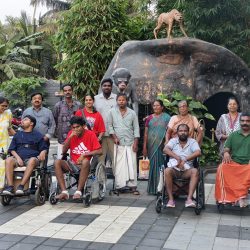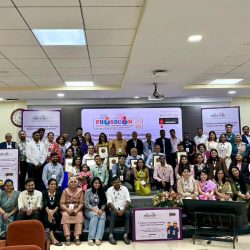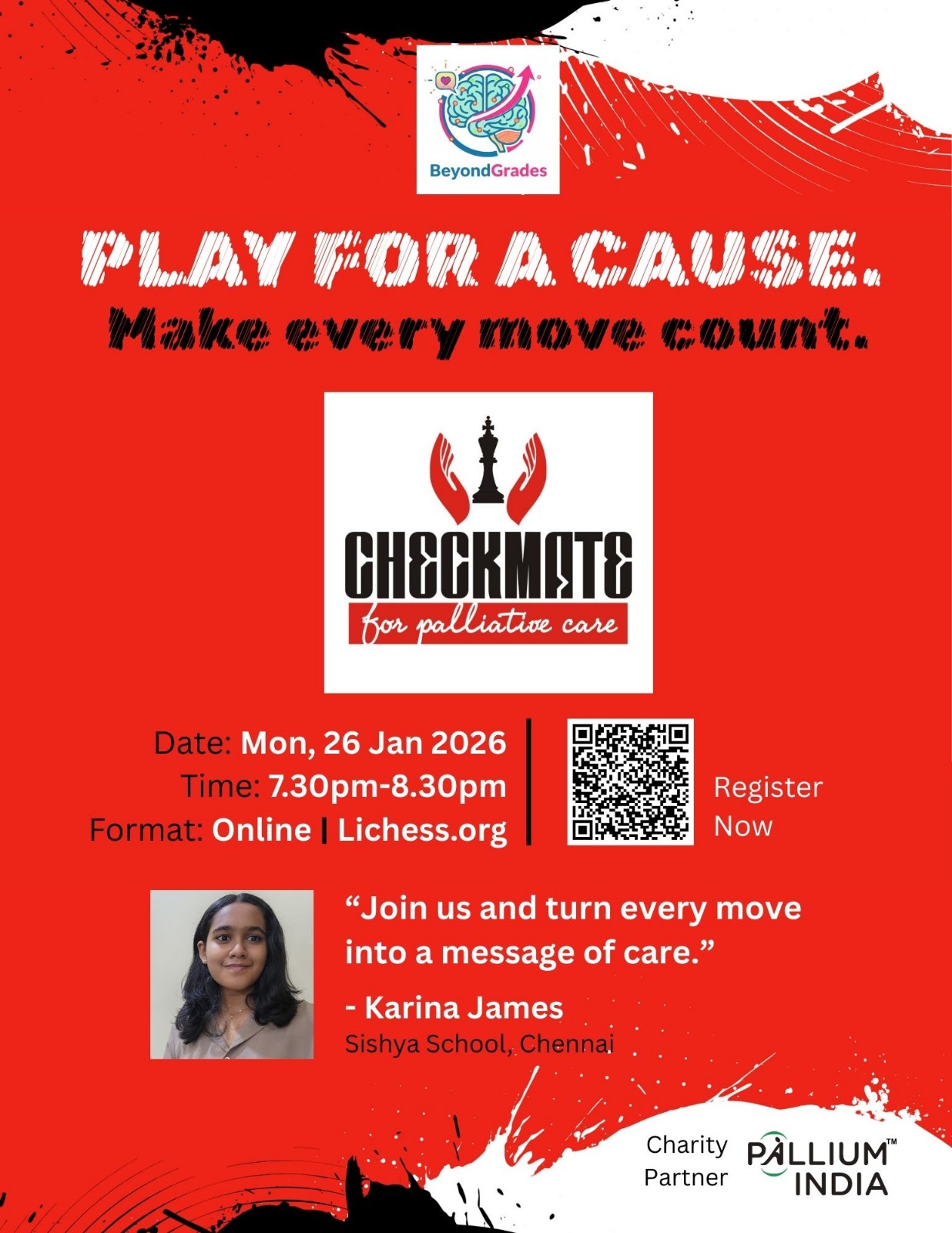Is India the Worst Place to Die?
 India has the 4th largest GDP in the world, but, in terms of providing palliative care, it ranks even lower than Uganda – an economy 90 times smaller than that of India.
India has the 4th largest GDP in the world, but, in terms of providing palliative care, it ranks even lower than Uganda – an economy 90 times smaller than that of India.
In a few years, those aged above 65 years would soon outnumber children under the age of 5; by 2030, their population would touch a billion… a burgeoning section of society whose demands on health care, and specially palliative care, threaten to topple the existing frail systems.
Is it a surprise that in a nation where three-fourths of the population survive a daily existence, unaware how to “live” a life, there isn’t much thought given to how we die? [..] dignity in death is a pipe dream for those who have to fight for dignity in life…
So writes Ameet Bhuvan from Bhubaneswar, India, in response to a Healthcare Report “How We Are Dying?”, featured in the Outlook magazine, which has picked up on the report from the Economist’s Report and Index on Quality of Death and Dying.
But, Kerala stands as a “beacon of hope”. With only 3% of the country’s population, Kerala is not only the lone state to have a formal palliative care policy in place; it also provides 2/3 of the care services available in India, with the government providing funding for community based care programmes.
It is also one of the first of Indian states to relax narcotics regulation to permit use of morphine by palliative care providers.
More interesting insights into this issue are available at Outlook Magazine: How We Are Dying?.





